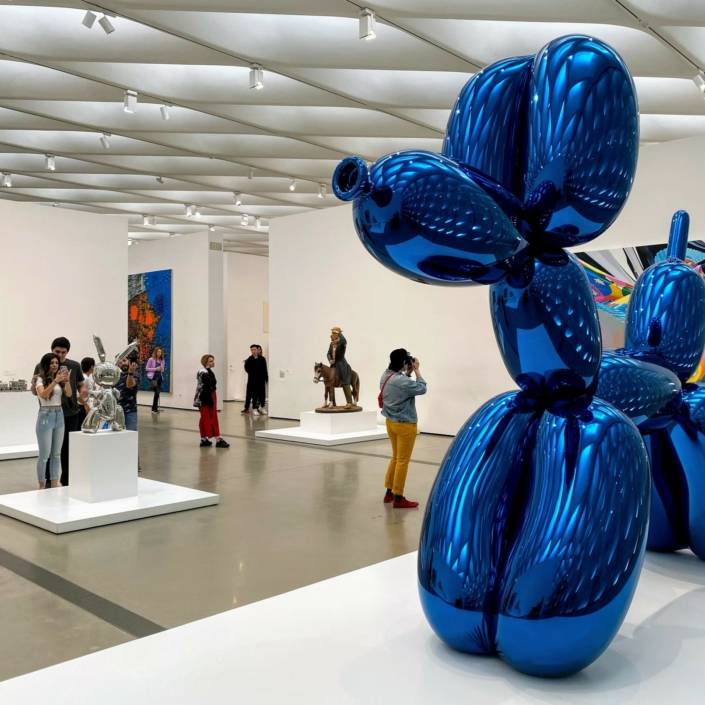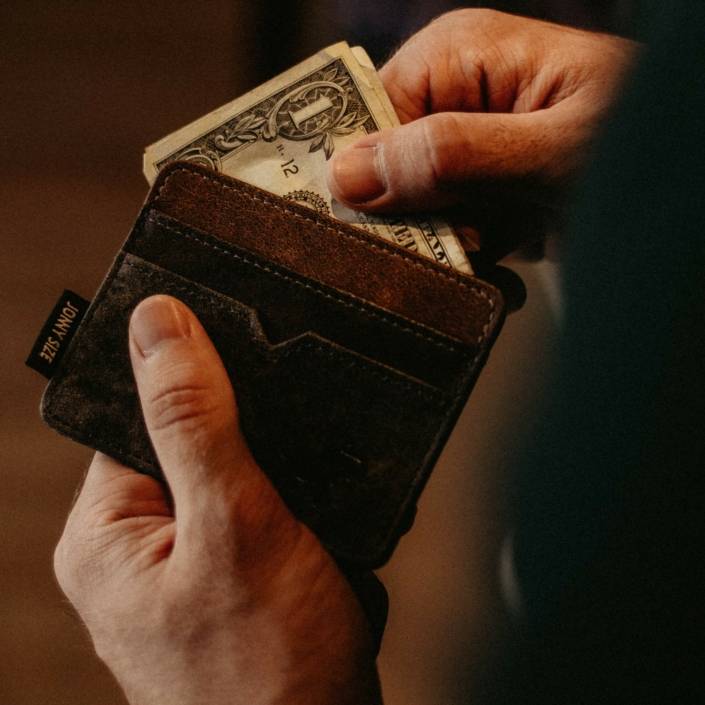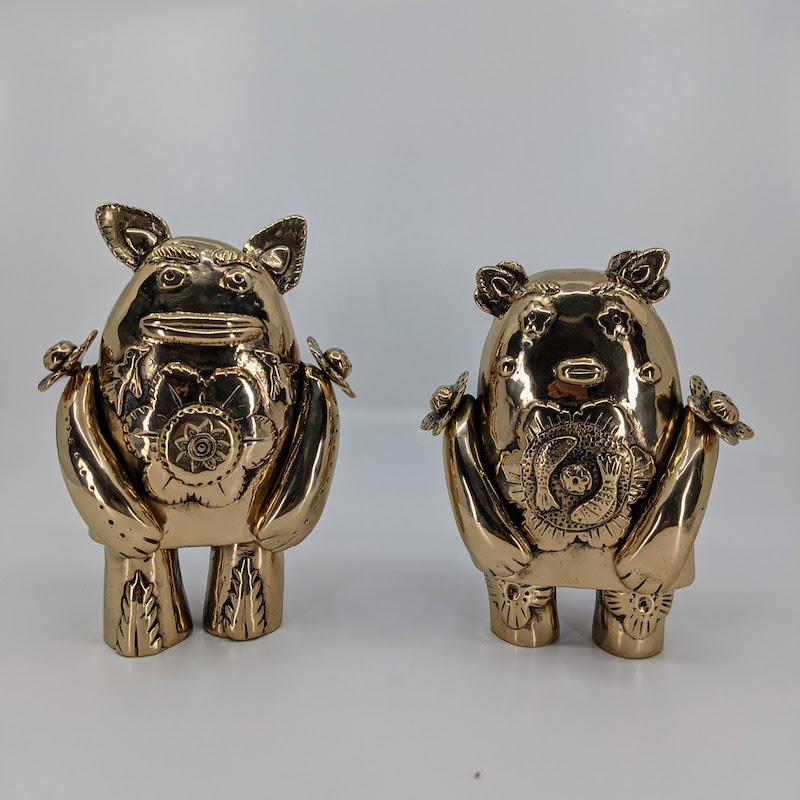
Behind the Scenes: Art Life Post-Covid
Fighting funding cuts, organisation closures and social distancing requirements, the Australian art world is finding new ways to engage and evolve as the world wakes up to a post-Covid reality.
Words: Briony Downes
STAGING A large-scale art and music festival is no easy feat in the best of times. Throw in a global pandemic and it gets interesting. In January, Mona Foma 2021 rolled out across two urban centres in Tasmania. Locations were bigger, and crowds were smaller, but it worked. Mona curator Emma Pike continued the festival’s penchant for using unconventional spaces for visual art and took on a vacant hardware store for the exhibition, No Place Like Home. A fitting location for cinema-size video pieces, sound-based work and installations, Pike included works like Nell’s Rock Gate, 2019, an arch of stacked Marshall amplifiers ready to be hooked up to volunteer electric guitar players and a faux lounge-room set up with images from Tony Albert’s You Wreck Me, 2020. In the middle of the vast space, Ryan Presley’s Blood Money Currency Exchange Terminal, 2018/2019 allowed visitor interaction via a sealed booth, providing a protective barrier between the audience and art invigilator.
Working with covid restrictions on public gathering, Pike and her team found the bigger spaces and reduced capacity for audience numbers fostered a deeper engagement with the art. “Audience numbers will remain on an intimate scale for a while,” she says. “Art at festivals is often a balance of party atmosphere and seriousness with the quieter, more contemplative works. This experience has just reinforced what we already knew – having smaller audiences for art exhibitions works.” Julie McLaren, curator at the Art Gallery of Ballarat (AGB) in Victoria, has also observed more public engagement with art over the past year. “We opened David Noonan’s Stagecraft exhibition a number of times in 2020 and people seemed to be spending a lot longer with the artwork than usual, just staying in the space now they are able to come in and access those works in person.”
With more time at home, audiences are accessing online content on a regular basis and many museums and galleries have offered online viewing rooms, exhibition tours and live stream interviews. While creating online content was possible when lockdowns were occurring, demand for online content has persisted even now galleries are open. Already operating on a shoestring, public galleries like the AGB are finding it difficult to maintain online content long term. “Covid has made the world feel much smaller,” explains McLaren. “People have suddenly realised there are all these incredible things hiding out there in regional galleries and are wondering why can’t we access them, why aren’t they online? It’s because we don’t have the resources or the staffing.”
In addition to increased online content, Covid-19 has encouraged artists to explore new platforms for getting work out there when physical interaction isn’t possible. Embracing the online gaming platform during lockdown, Perth-based artist Nathan Beard held his exhibition White Gilt 2.5 on Animal Crossing: New Horizons, a Nintendo Switch life-simulation game. Led via live gameplay on Zoom with the artist and JD Reforma, at Beard’s exhibition visitors viewed recreations of the artist’s photo- graphs and received custom designed merch to display as art in their own Animal Crossing game.
In an interview with Firstdraft, Beard said, “It’s been interesting to reflect on how Animal Crossing: New Horizons filled a gap in my life during social distancing which would have normally been spent in a studio working towards other deadlines that suddenly had a sense of precariousness about them.”
The importance of publicly celebrating an artist’s work was driven home for McLaren when lockdowns caused repeated cancellations of exhibition openings at the AGB. “I underestimated how central it is for an artist to have a sense of closure over a body of work. Being able to postpone exhibitions when we can’t celebrate them has been really important.” Melbourne-based artist Sai-Wai Foo agrees. “Sending your work off into the ether feels so disconnected from the norm. With an exhibition there are usually opportunities for artist talks, workshops or other forms of audience engagement. We just have to adapt the best we can by seizing opportunities when they present themselves or actively seek them out.” Over the past year, Foo has been working on Eat Your Words, a series of oversized fabric dumplings embroidered with racial slurs for the I Am Not A Virus project led by Diversity Arts Australia. “Instagram has been a good medium to keep in touch with others and I found I bought more work from my peers during the last year. I hope to keep this up as it’s a meaningful way to build a collection.”
Despite the future remaining unpredictable, the art world continues to show resilience. With new ways to engage as we move forward into life post-Covid, evolution and persistence is key. As Pike says, “We are constantly fighting funding cuts and organisations closing down – it’s always been a bit of a fight. Artists will make work no matter what. People will always find forums for artists to be exhibited in.”
Installation view of Nathan Beard’s White Gilt 2.0, 2020 at Firstdraft, Sydney. Photo: Zan Wimberley. Courtesy: the artist and Firstdraft, Sydney.
This article was originally published in Art Collector issue 96, April to June 2021.










